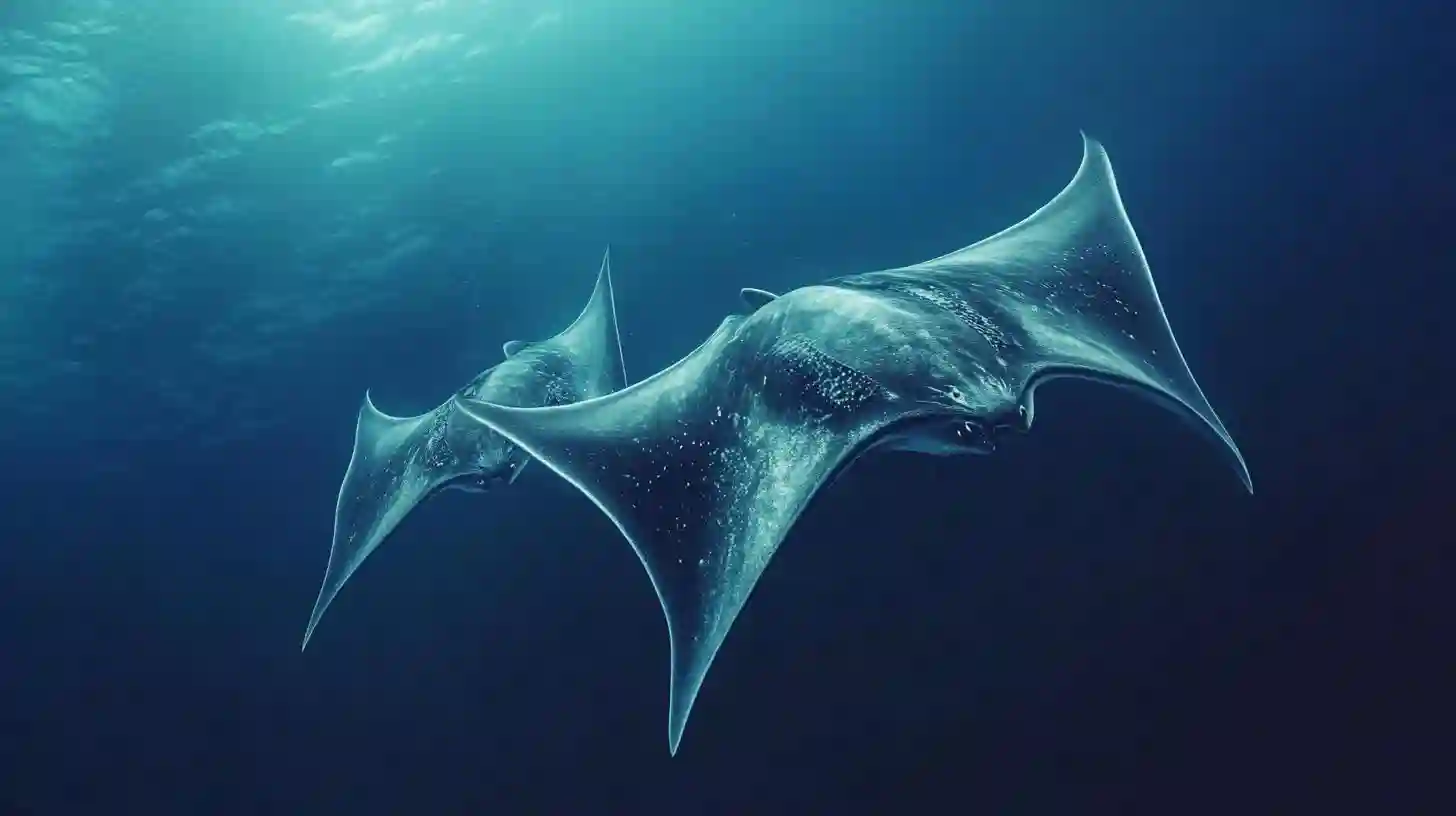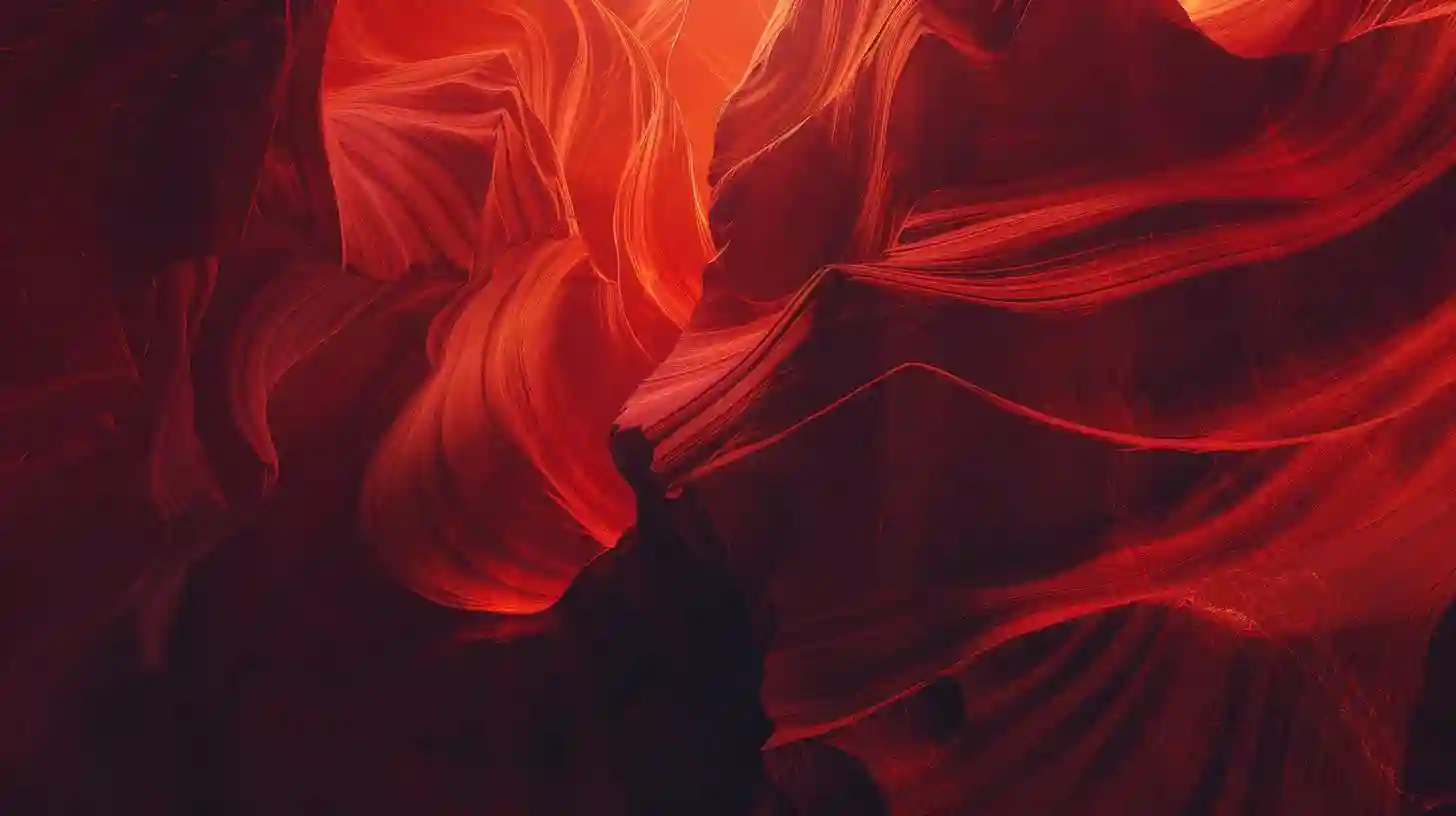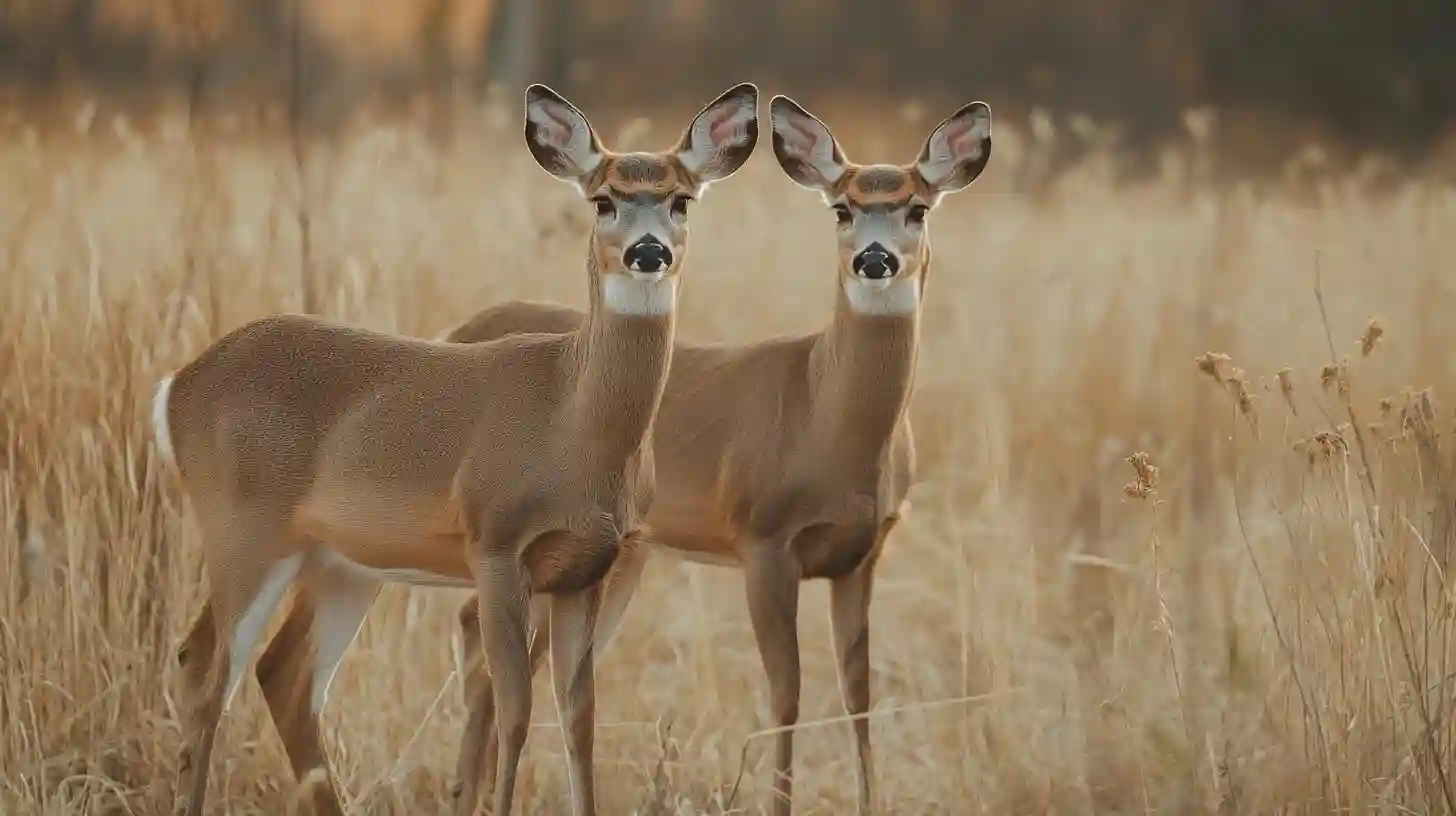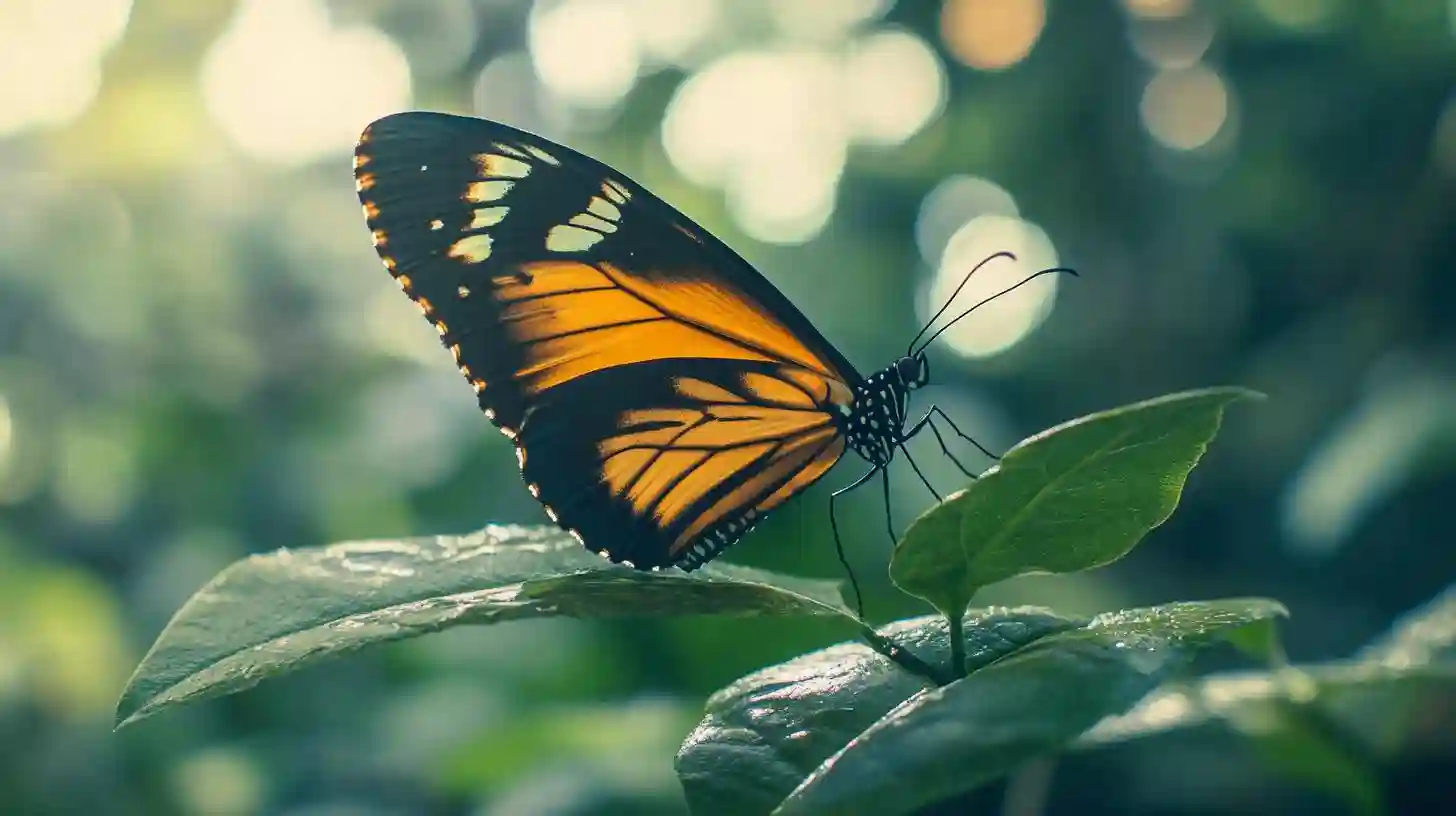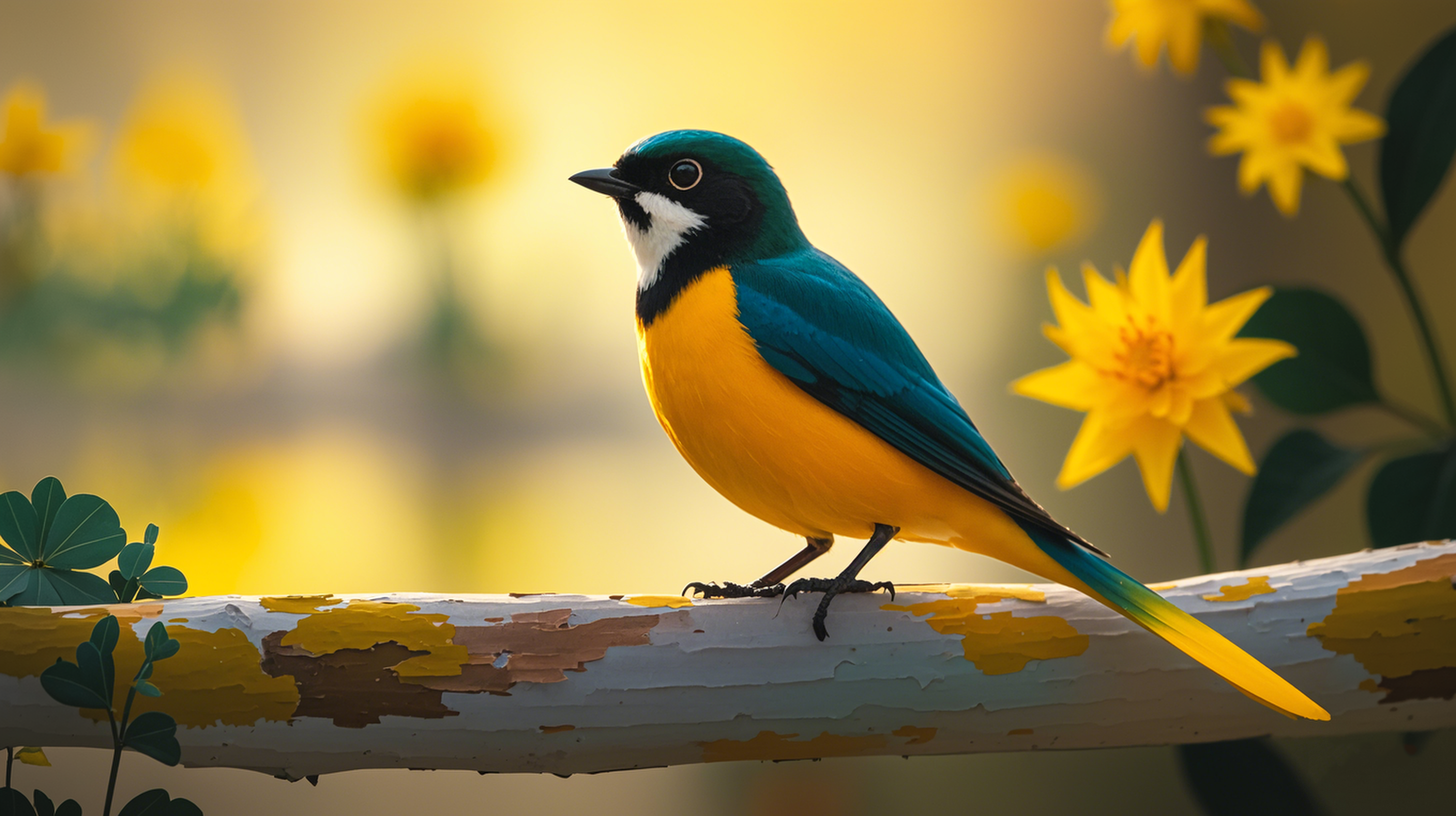
Rare Bird Sightings in Central Park Ignite Excitement Among Nature Enthusiasts and Conservationists
Nature lovers and ornithologists alike are abuzz with excitement following recent sightings of several rare and stunning bird species in New York City's Central Park. This urban oasis, known for its vast greenery, picturesque landscapes, and diverse wildlife, has once again proven itself to be a vital habitat for many migratory birds, attracting both seasoned birdwatchers and curious visitors.Among the most remarkable sightings have been those of the Scarlet Tanager, a vibrant bird with striking red plumage and a contrasting black wing and tail. Observers have marveled at its beauty as it flits among the trees, grabbing the attention of those who might normally overlook the more commonplace avian residents. The Scarlet Tanager is known to breed in the northeastern United States, making its presence in Central Park particularly significant during this time of year when it migrates to its breeding grounds. Experts believe that the recent sightings indicate a healthy population making its way back after winter.Equally enthralling are reports of the Black-throated Blue Warbler, a small songbird that is often elusive due to its preference for dense foliage. This warbler boasts a rich blue hue, accented with a distinct black throat, which makes it a rarity among the usual suspects that frequent the park. Birdwatchers have expressed their joy at encountering this warbler, which represents the beauty and diversity of avian life that can exist even in the heart of a bustling metropolis. The presence of such species speaks to the critical role that urban green spaces play in supporting wildlife.Another exciting appearance is that of the Rose-breasted Grosbeak, a colorful bird often described as one of North America's most beautiful species. With its bold pink and black markings, this grosbeak has enchanted many park visitors. Its melodic song fills the air, adding a joyful soundtrack to the serene environment of Central Park. Ornithologists suggest that the increased sightings could be influenced by factors such as environmental changes and conservation efforts that have helped sustain local habitats.As the excitement around these rare sightings continues to grow, local experts are using social media and community engagement to spread the word about the ongoing migratory patterns of these birds. Enthusiasts share their experiences in the park, exchanging tips on where to observe these dazzling creatures and even organizing guided birdwatching events. This grassroots movement has not only fostered a greater appreciation for the wildlife in Central Park but also encouraged a sense of community among those who share a passion for birds and nature.Experts note that these rare bird sightings in Central Park signify more than just a moment of beauty; they highlight the ecological importance of urban parks as essential sanctuaries for migrating and resident species alike. Urban habitats, despite their complexities, can provide much-needed resources such as food, shelter, and nesting sites. The trend of rare species appearing in such settings demonstrates the potential for successful coexistence between nature and city life, challenging the stereotype that densely populated areas cannot facilitate vibrant ecosystems.The excitement surrounding these sightings has sparked conversations about bird conservation, habitat preservation, and the importance of biodiversity. Local organizations and advocacy groups are utilizing the momentum from these events to raise awareness of the threats faced by many bird species, including habitat loss and climate change. It serves as a reminder that even small, localized actions can make a difference in protecting these delicate creatures and their habitats.As birdwatchers continue to flock to Central Park with binoculars in hand, the thrill of witnessing these magnificent birds invigorates an appreciation for the natural world. In a city characterized by its concrete skyline and bustling streets, the presence of rare avian species creates an oasis of tranquility—a reminder that beauty and serenity can flourish amidst the chaos. The excitement surrounding these sightings serves not only as a celebration of nature but as a clarion call for preserving the essential spaces that support wildlife within urban environments. The recent flocking of these beautiful birds suggests an ongoing relationship between nature and the city, where wonder awaits those willing to look up and embrace the unexpected joys that can be found in the most unlikely of places.











